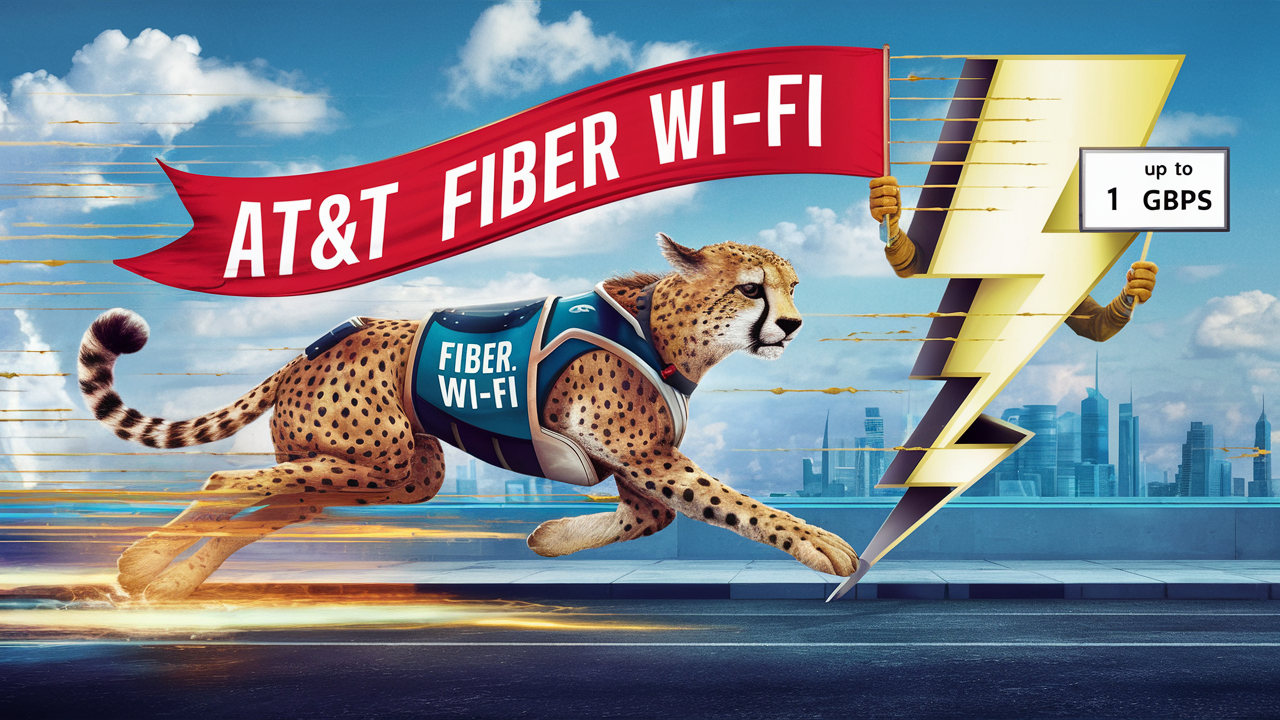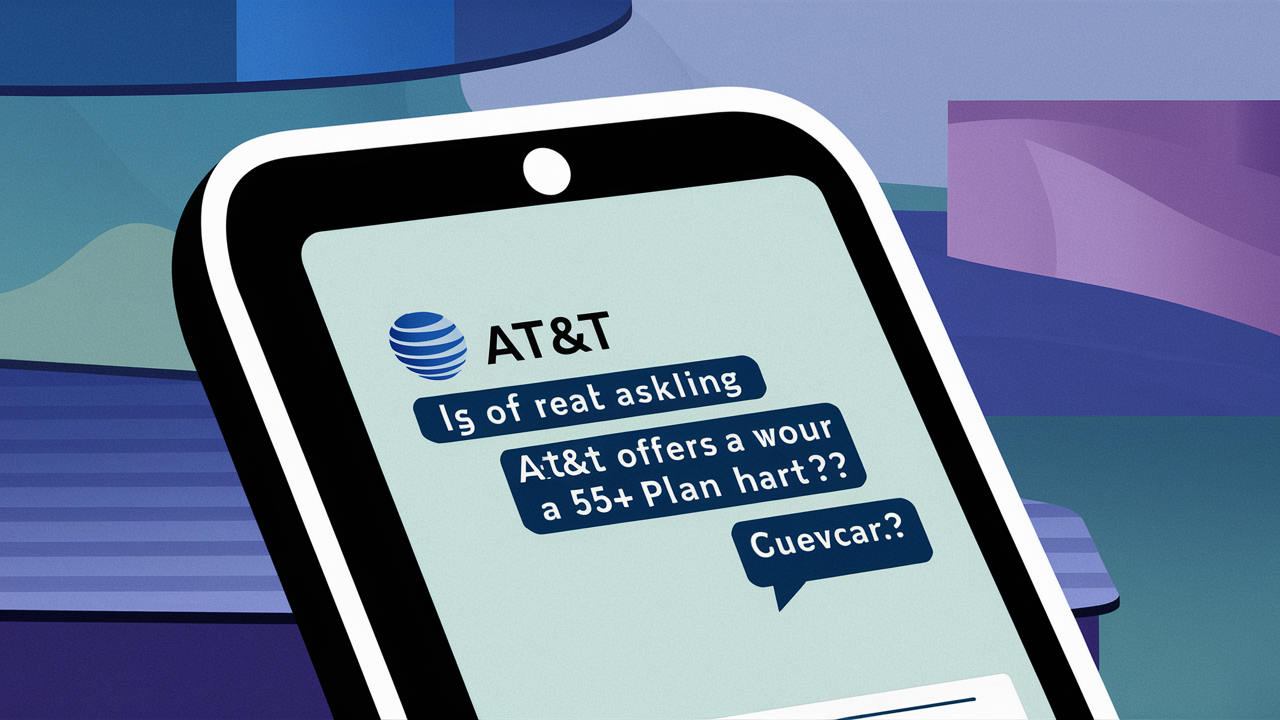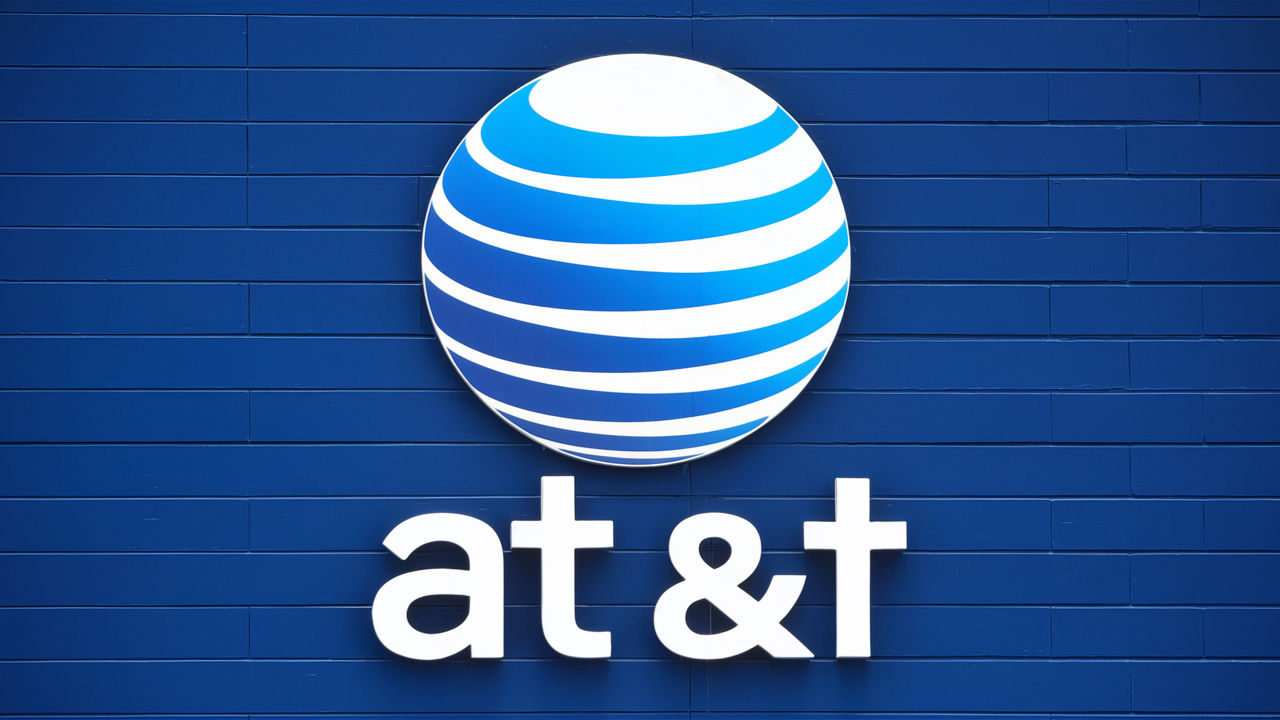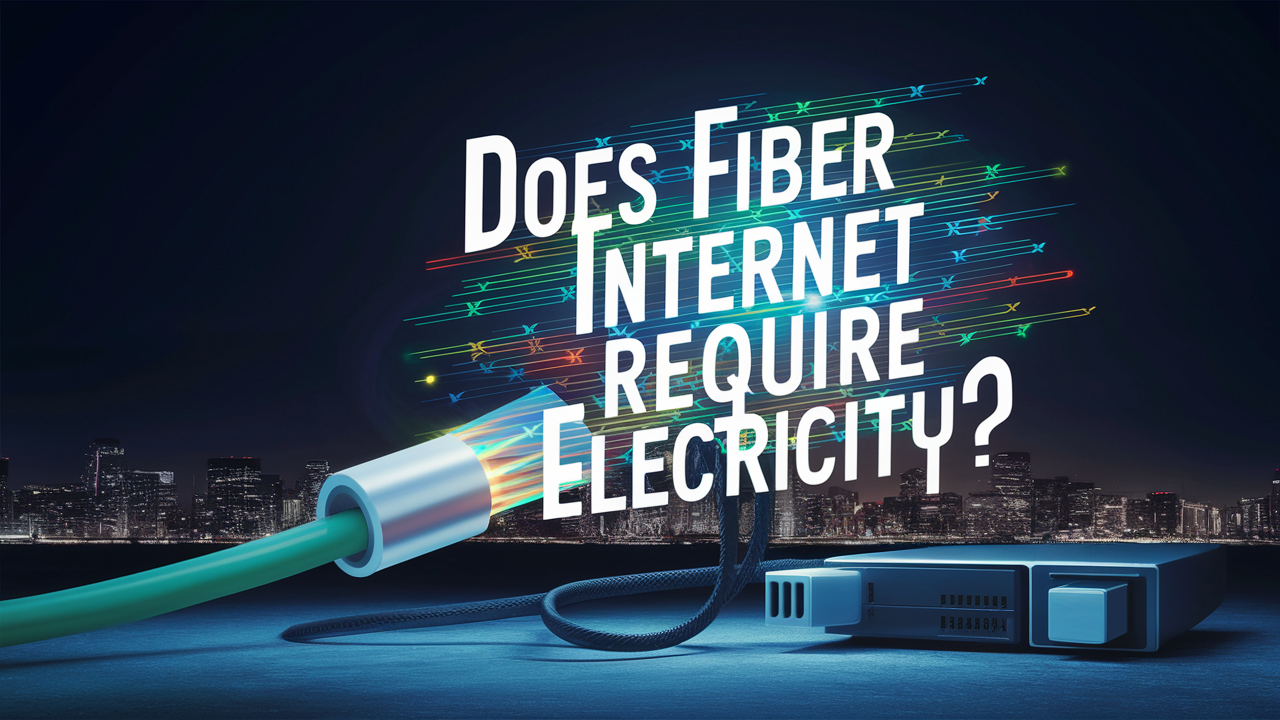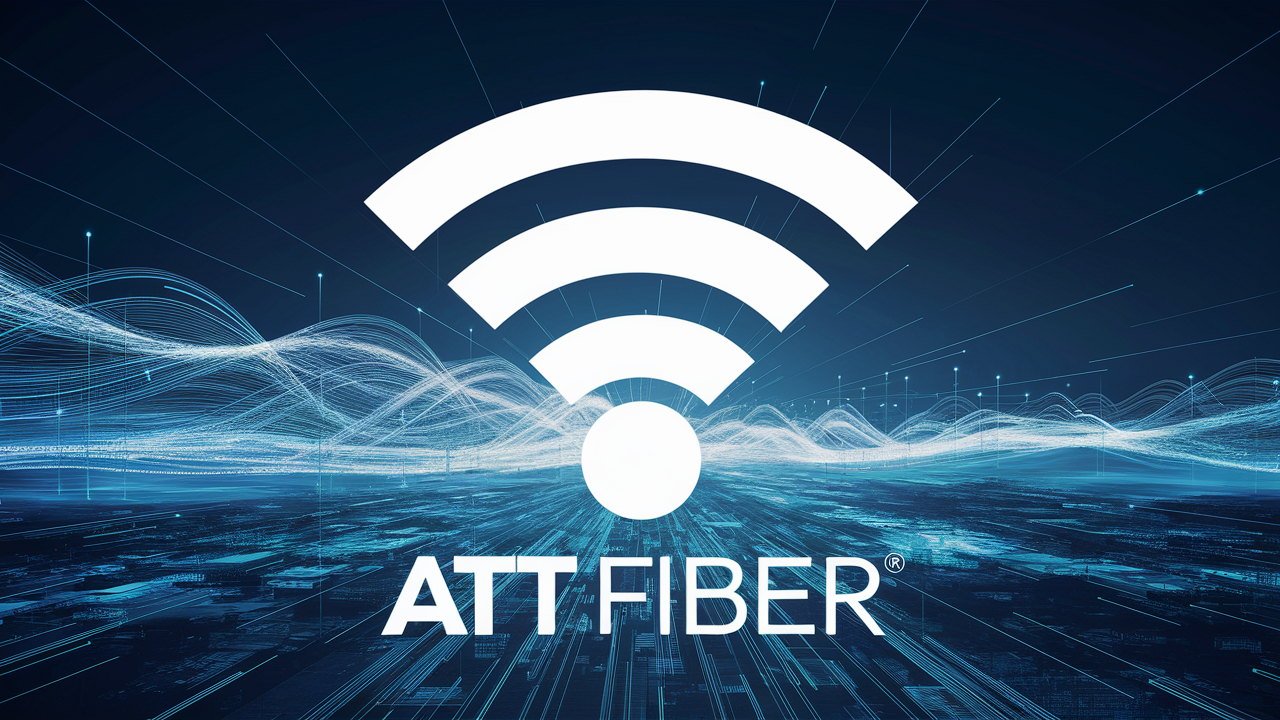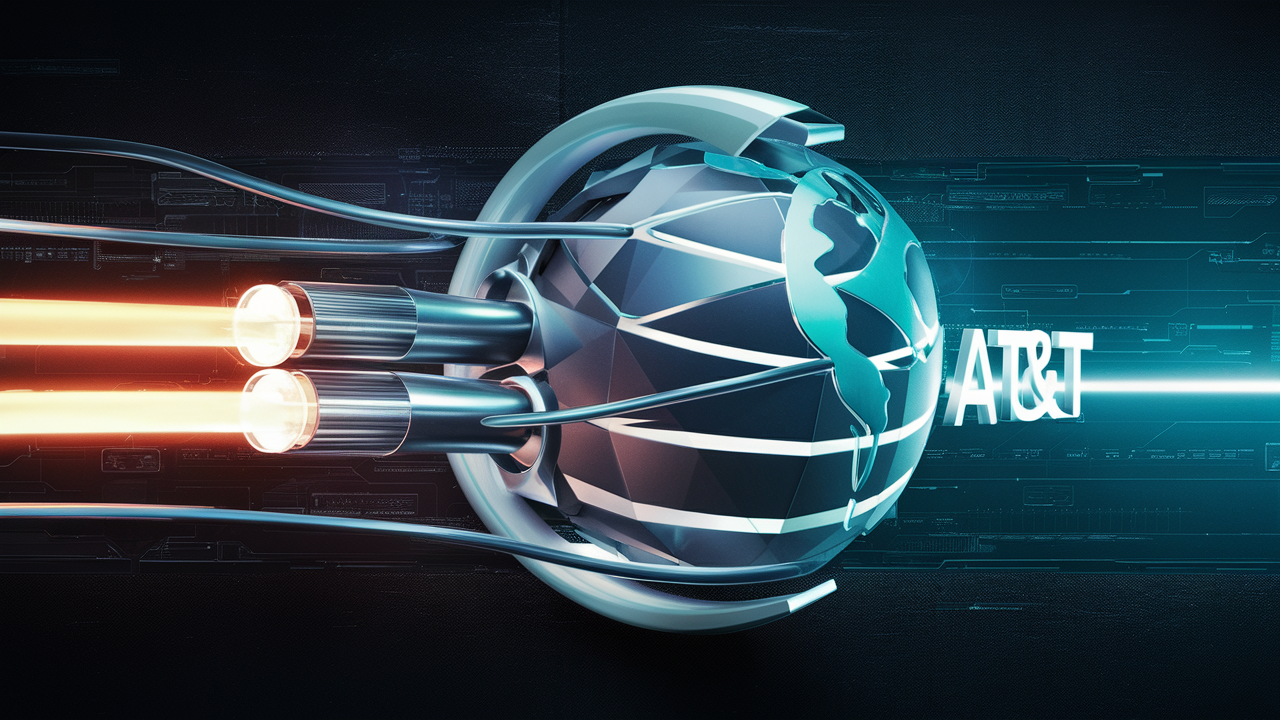
AT&T has been in the telecommunications industry for quite some time, and it provides the people in the United States with phone, internet and television services. As for the selection of their TV and internet services, does AT&T employ cables or any other means to bring the signals through?
So to answer the question in a short way: No, AT&T does not rely on conventional cable television wire infrastructure. They mostly depend on the phone lines, fiber optics, and wireless networks.
Traditional Cable vs AT&T
Coaxial cable television providers such as Comcast, Spectrum, Cox, etc., transmit their television and internet services through coaxial cables that physically extend to your house. These are very thick cables which are meant to conveying huge data at relatively faster rates and hence recommended for the pay TV and broadband Internet. This coaxial cable then links with cable boxes, modems, and even WiFi routers within the premises of your residence.
On the other hand, AT&T started off as a phone company, though it has gone through significant changes over the years. Their U-verse TV service which began in 2006 used special IP technology through telephone wires and fiber optics but has since discontinued U-verse in preference to online streaming.
For TV, at present, most of the Internet service Provider users prefer DIRECTV for satellite television service or AT&T TV which is through streaming on the internet. To offer internet services, AT&T uses phone lines, ethernet, wired, and wireless services, 5G, and LTE to provide fast internet services.
No Cable boxes with AT&T
It is difficult to miss the fact that there are no set-top cable boxes when it comes to AT&T services. In terms of cable TV, large and bulky cable boxes have to be connected to the TVs to decrypt channels and act as the tuner to view programs.
Internet and TV services at ATT are conducted under the program known as IP or internet protocol, which means that there is no requirement for the usual tuner-based cable boxes. This service for AT&T TV programming beams content directly to smart TVs, tablets, computers, and streaming devices using your AT&T internet connection. DIRECTV content is delivered to customers through small reception devises and Genie DVRs.
Network Technology Developed and Utilized by AT&T
So let it be, it means that AT&T does not rely on the common coaxial cables for TV and other services like the cable industries. However, what technology does their network apply in providing such services?
Here’s a quick overview:
Fiber Optic Cables: While most other telecommunications companies have struggled to roll out high-speed fiber optic cables, AT&T has had the means to continue to push them closer and closer to people’s homes and offices. Fiber delivers internet, TV, and phone services at incredibly high speeds and with little to no disruption.
Phone Lines (DSL): Even farther from the fiber availability, most of the internet users are connected by the telephone lines with DSL technology in the United States by AT&T. While DSL internet connection provides lower speeds than fiber or cable connections, the physical infrastructure is already laid.
Fixed Wireless: AT&T works with users who have no access to phone lines or fibre connections in rural regions; instead, the company employs wireless tower equipment to transmit internet signals to a fixed antenna at a user’s home or workplace. This wireless internet can provide speeds that are at par with or even surpass DSL connections.
Satellite (DIRECTV): Regarding satellite TV services, AT&T offers services under the DIRECTV brand that utilizes satellite technology, satellites, receivers, dishes, and other satellite devices. TV programming being transmitted from space – no cables down the last mile.
Mobile Wireless: Specifically, AT&T’s nationwide cellular network, based on the 5G and LTE wireless technology, provides mobile internet connection for handheld devices, including phones, tablets, computers, etc. This is despite the fact that mobile speeds are not as fast as home internet connection, wireless networks contribute a lot in delivering internet to people all over the country.
An Evolving Network
In contrast to cable operators who largely rely on the COAX physical distribution lines expand to homes and buildings, AT&T has modified its network infrastructure over the years to leverage new technologies. Given old telephone lines, fiber optic cables, and other wireless networking capabilities, AT&T have accumulated a diverse portfolio of delivery mechanisms.
Although their service offering began with telephone services, today AT&T offers bundled options for TV, internet connection and mobile phone services across the country. DIRECTV and acquisition of extensive wireless spectrum have dramatically changed the service portfolio and technology of AT&T.
By adopting 5G wireless and fiber optic networking, AT&T is able to make significant cuts to costs and ramp up the speed of deployment, not only serving as evidence of the firm’s efforts to enhance their network for the provision of TV and internet. However, you will never have the experience of a fat cable wire going into an AT&T customer’s home or business as is the case with traditional cable company, however AT&T does deploy cutting-edge transmission technologies to support the modern communication, entertainment, and connection.
Call (844) 905-5001 to get a new AT&T connection now!
Read More:
Does AT&T have prepaid internet?
Does AT&T have a discount plan?
Is Verizon Internet better than AT&T?
